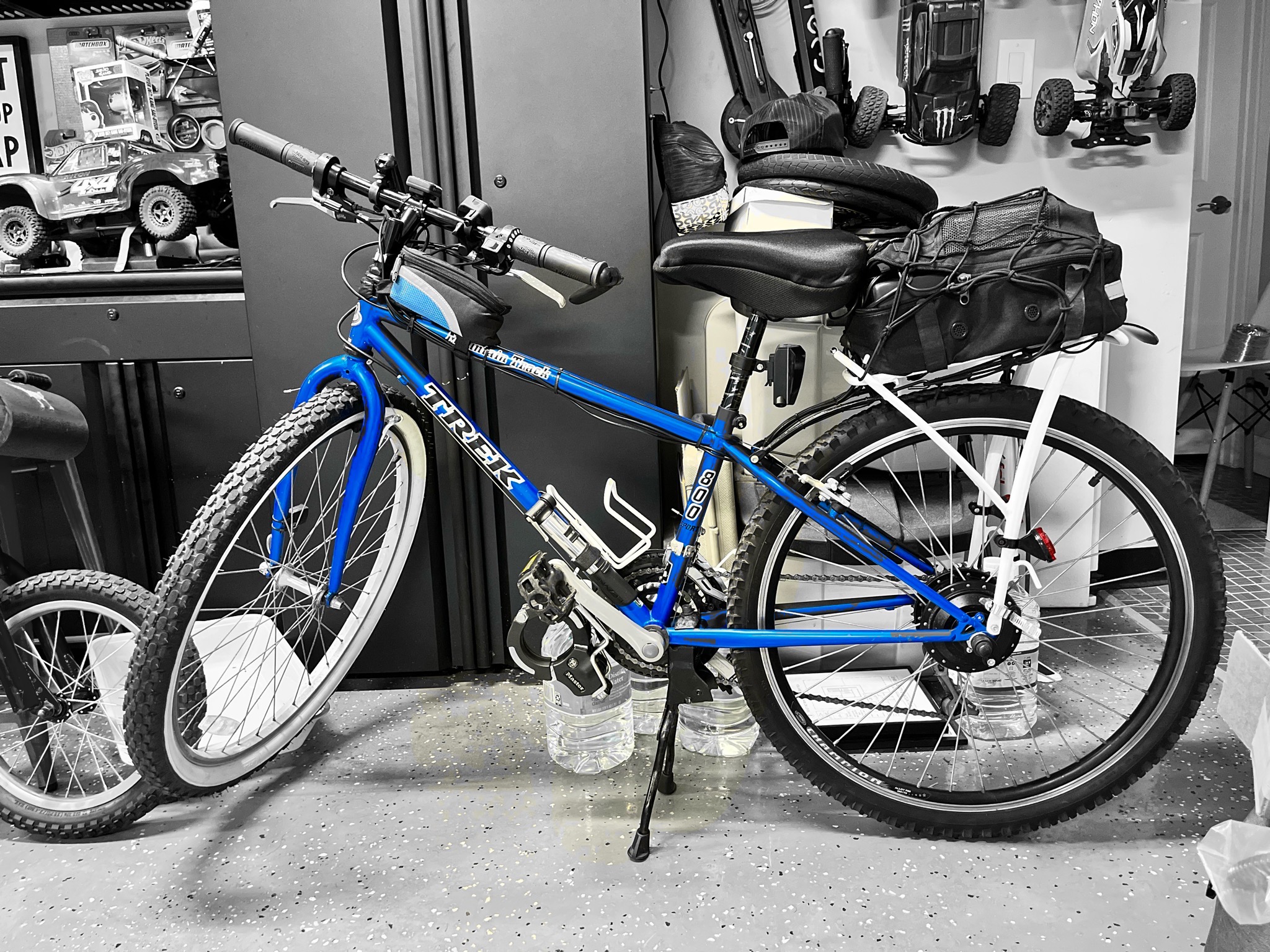kmxtornado
10 kW
I have a 36v 500w motor that I overvolted to 48v. The existing controller which I'm reusing is rated for 36-48v and 22amps so I'm assuming my motor draws that at the very most. Unfortunately I don't have the specs from this old DIY kit from 2011. I'm trying to add PAS and a display and will need a new controller to make that happen. Should be controller be 500w like the original or 1000w?
Doing the math, 48v x 22amps = 1,056w.
TIA.

Doing the math, 48v x 22amps = 1,056w.
TIA.


